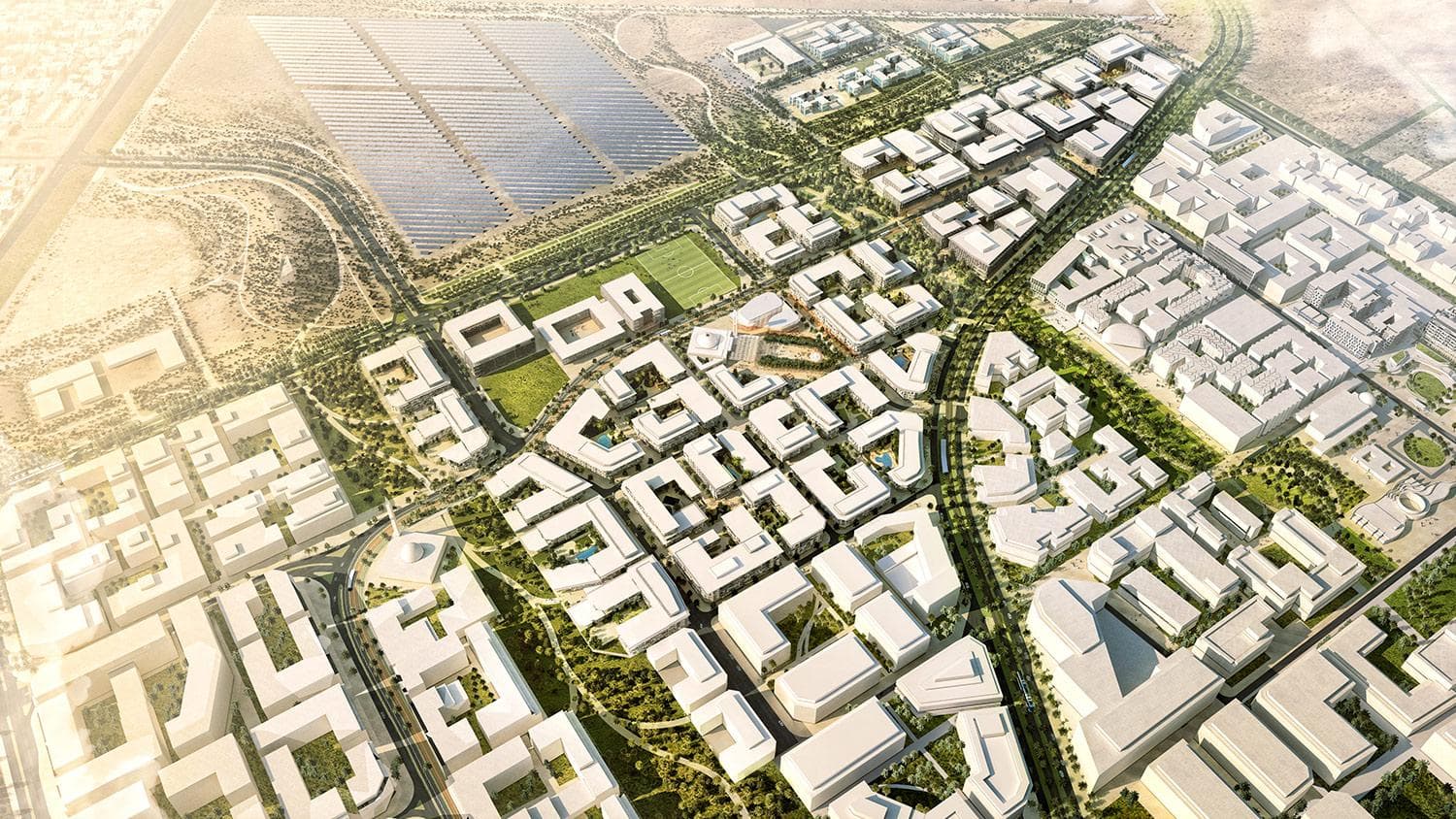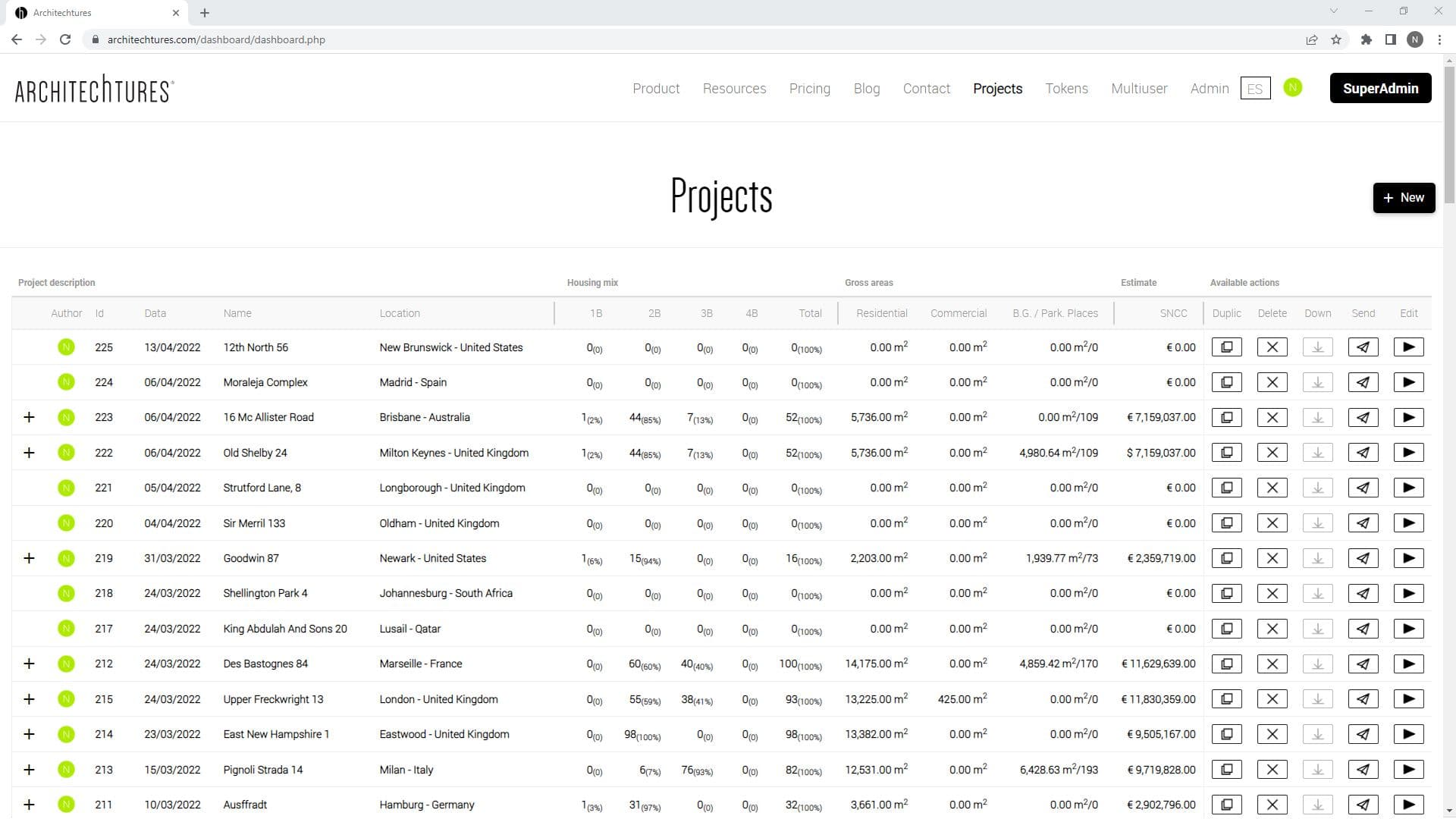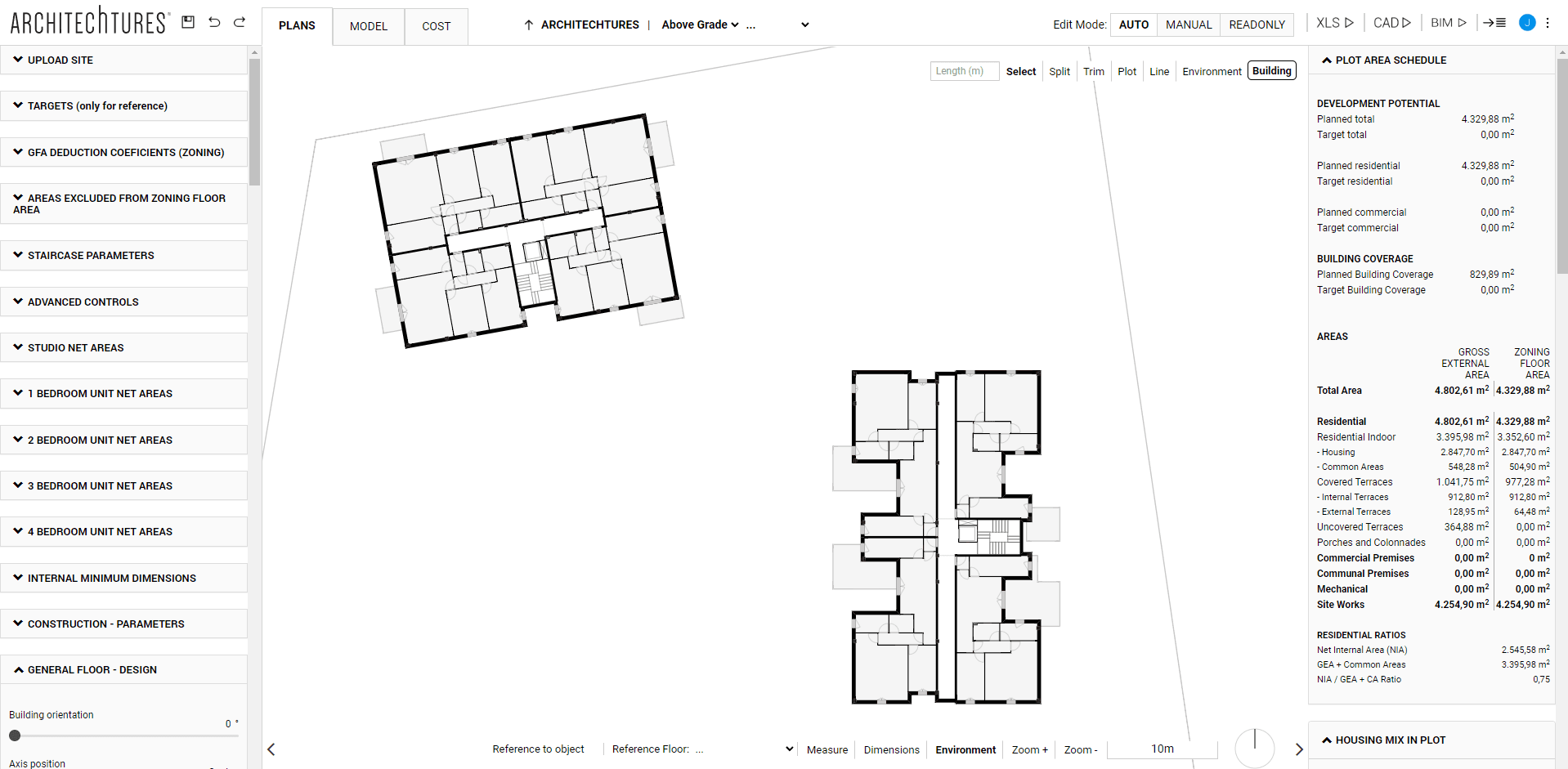Regulation compliance in ARCHITEChTURES
Posted 9/27/2023 in Resources

A large number of designers who are considering implementing the use of ARCHITEChTURES in their work ask us if and how we guarantee compliance with regulations.
Logically, an architectural design generator and architectural layout tool that does not allow compliance with building-specific design regulations would be useless. However, ensuring compliance with all regulations is not an easy task for several reasons: firstly, regulations vary regionally, and at the urban planning level, they vary from one plot to another, but there is also the fact that regulations change over time as there are regular updates.
In fact, one of the big barriers to the use of parametric design, traditional programming, as we saw in the post introducing AI-Aided Design, is the difficulty to scale in functionality and flexibility in order to accommodate the different regulations and functionalities needed to ensure a wide applicability in the real market.
This fact, which is a major barrier to the expansion of architectural design automation technologies, is what prompted a fundamental part of the development of our solution: our AI is born with the vocation of being able to be widely used in any market to effectively produce a global impact on the design process. This has led us to develop a technology based on Deep Learning that is able to learn to design buildings of any typology that can be found on an international scale.
On the other hand, in order to respond to the need of taking into account regulatory parameters and specific design criteria in the design of the building, our interface allows us to define each and every one of the data items necessary to accommodate all rules and regulations that the project has to comply with, anywhere in the world.
To do so, the designer introduces the urban planning objectives (potential development, building coverage, ground floor area deduction coeficients) and the different design criteria, by introducing the different net areas and minimum dimensions of each room for each typology, and the design options and topologies to be considered by the IA. The user then draws the volume to be built and customizes its dimensions and housing mix.
For each iteration, the AI offers a building that complies with all the data provided, but the designer is free to modify the design according to his own criteria and creativity, in which case the data panel allows to track the violations that may have been committed when modifying the project.
ARCHITEChTURES is not a substitute for the designer, it is a powerful assistant that multiplies the efficiency of the design process, but it needs the human to make the best decisions. The design is decided by the user and the designer is responsible for compliance with regulations.
For Enterprise users, we have templates that allow you to enter the standards easily, without having to worry about locating or remembering them each time.


